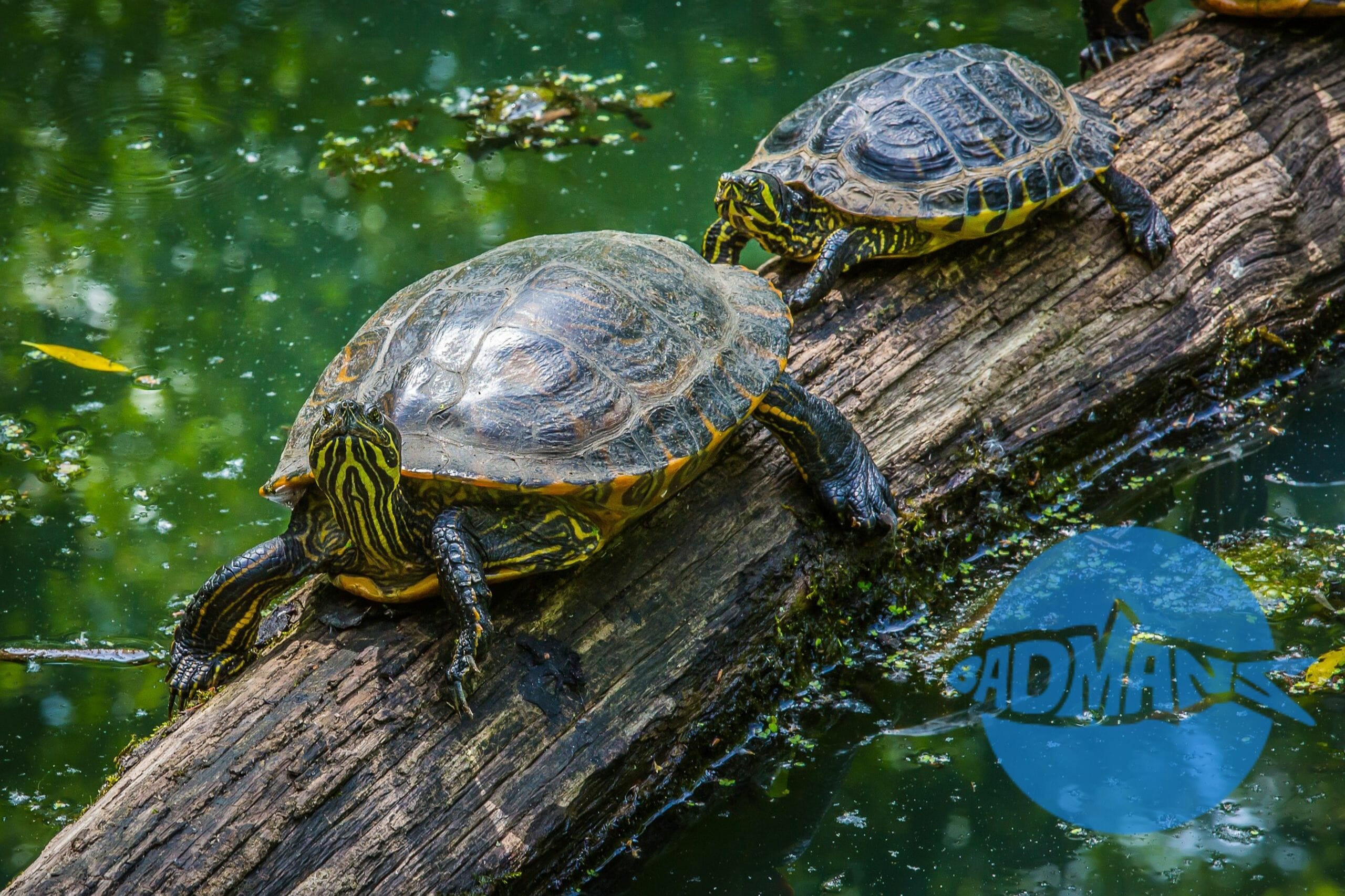In this article, you will explore the topic of algae growth in indoor turtle enclosures and discover effective strategies for understanding and managing it. Algae growth can not only be unsightly, but it can also negatively impact the health and well-being of your turtles. By gaining a deeper understanding of the factors that contribute to algae growth and implementing proactive measures, you can create a clean and healthy environment for your indoor turtle habitat.
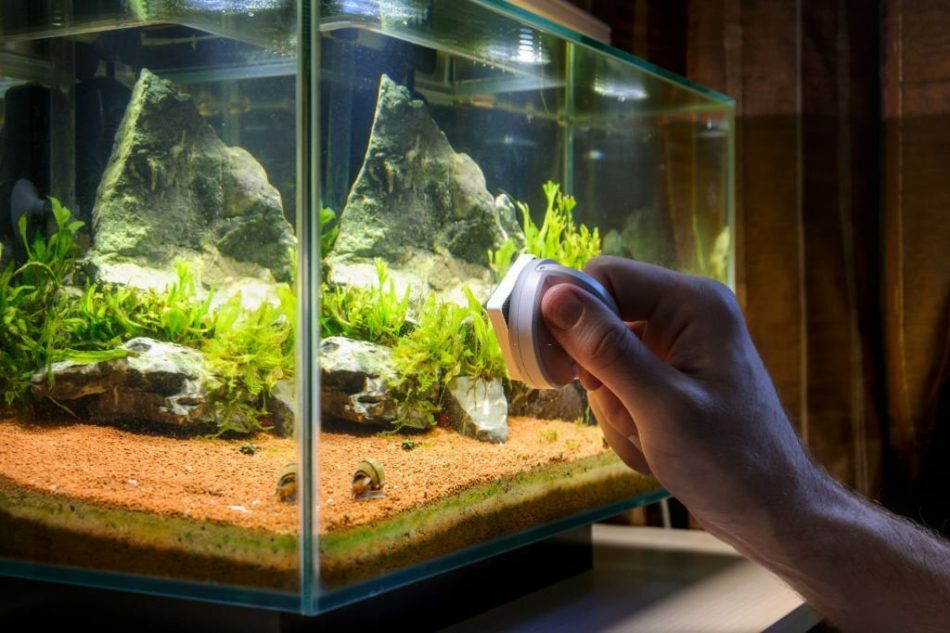
Understanding Algae Growth
What Causes Algae Growth in Indoor Turtle Enclosures?
Algae growth in indoor turtle enclosures is a common issue that many turtle owners face. Algae thrive in environments with the right combination of light, nutrients, and water conditions. In these enclosed spaces, factors such as excess nutrients, improper tank maintenance and cleaning, and excessive light exposure contribute to the growth of algae.
Types of Algae Commonly Found in Indoor Turtle Enclosures
There are several types of algae that are commonly found in indoor turtle enclosures. Some of the most prevalent ones include green algae (Chlorophyta), brown algae (Phaeophyceae), and blue-green algae (Cyanobacteria). Each type of algae has its own characteristics and may require specific methods for prevention and management.
The Role of Light and Nutrients in Algae Growth
Light and nutrients play a significant role in promoting algae growth in indoor turtle enclosures. Algae require light for photosynthesis, which is their primary source of energy. If the enclosure is exposed to excessive sunlight or artificial light, it can provide the ideal conditions for algae to thrive.
Nutrients, such as nitrogen and phosphorus, also contribute to algae growth. These nutrients can come from various sources, such as uneaten food, turtle waste, and decaying organic matter. When these nutrients are present in high concentrations, algae can rapidly multiply and form unsightly blooms in the enclosure.
Effects of Algae Growth on Indoor Turtle Enclosures
Algae growth can have several negative effects on indoor turtle enclosures. Firstly, excessive algae can make the enclosure look dirty and unattractive. It can cover the surfaces of the tank, making it difficult for turtles to move around freely. Additionally, algae can deplete oxygen levels in the water, affecting the overall health and well-being of the turtles. Excessive algae growth can also create imbalances in the ecosystem, leading to the proliferation of harmful bacteria and other microorganisms.
Preventing Algae Growth in Indoor Turtle Enclosures
Proper Tank Maintenance and Cleaning
Proper tank maintenance and regular cleaning are essential in preventing algae growth in indoor turtle enclosures. Regularly removing uneaten food, turtle waste, and decaying organic matter from the tank can help reduce the nutrient levels that algae thrive on. It is also important to clean the tank walls and surfaces to remove any existing algae growth and prevent its recurrence.
Controlling Light Exposure
Controlling light exposure is another effective way to prevent algae growth. Avoid placing the turtle enclosure in direct sunlight or excessively bright areas of the room. If artificial lighting is used, ensure that it is not left on for extended periods and that it provides the appropriate light spectrum for the turtles without promoting excessive algae growth.
Reducing Nutrient Levels
Reducing nutrient levels in the turtle enclosure is crucial in preventing algae growth. Be mindful of the amount of food given to the turtles and remove any uneaten food promptly. Implementing a feeding schedule can help ensure that the turtles are not overfed, reducing the excess nutrients that can contribute to algae growth. Regular water changes can also help dilute the nutrient levels in the enclosure.
Choosing the Right Filtration System
Investing in a suitable filtration system is vital for maintaining a healthy and algae-free environment in the turtle enclosure. A filtration system helps remove waste, uneaten food, and other organic matter that can contribute to algae growth. Consider a filtration system that is appropriate for the size of the enclosure and provides mechanical, biological, and chemical filtration to effectively remove both visible and microscopic debris.
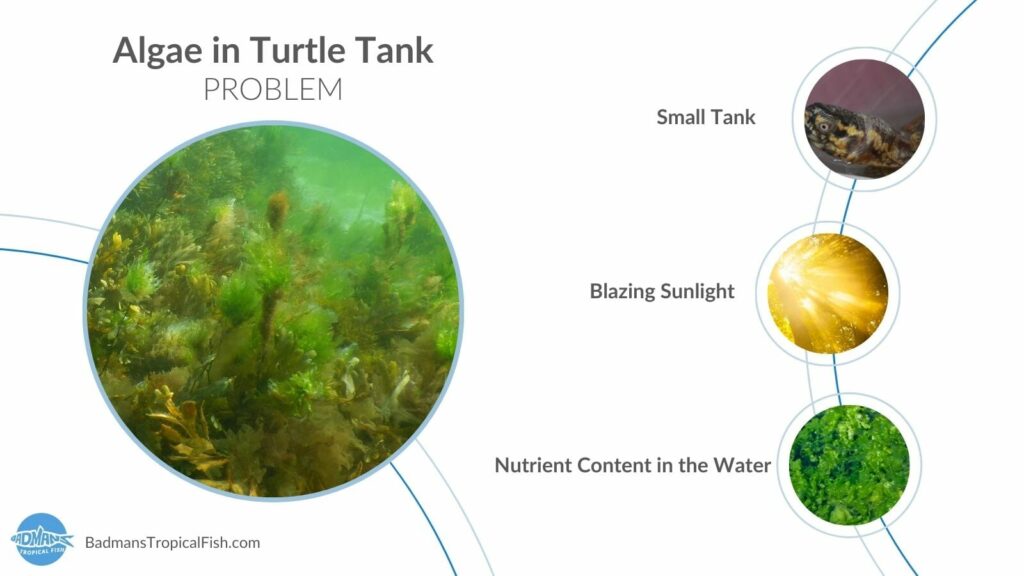
Managing Algae Growth in Indoor Turtle Enclosures
Removing Algae Manually
When algae growth occurs, manual removal is often necessary to maintain a clean and healthy turtle enclosure. Use a clean scrub brush or algae scraper to gently remove algae from the tank walls and surfaces. It is important to be gentle to avoid causing stress or harm to the turtles. Regular and thorough manual removal can help prevent algae from overtaking the enclosure.
Using Algae-Eating Species
Introducing algae-eating species can be an effective natural method to manage algae growth in the turtle enclosure. Certain species of fish, snails, and shrimp feed on algae and can help keep it under control. However, it is important to research and ensure the compatibility of these species with turtles and the specific requirements of the enclosure.
Chemical Treatments
Chemical treatments can also be used to manage algae growth in indoor turtle enclosures. Algaecides or algae-control products are available in the market and can be used as directed. However, it is crucial to follow the instructions carefully to prevent any harm to the turtles or the overall water quality of the enclosure. Chemical treatments should be used as a last resort and in conjunction with other preventive measures.
Balancing the Ecosystem
Maintaining a balanced ecosystem in the turtle enclosure can help naturally manage algae growth. This includes ensuring the presence of appropriate plants and organisms that can compete with algae for nutrients and light. Proper water circulation and aeration can also help create a healthy environment that discourages excessive algae growth. Regular monitoring and adjustments are necessary to achieve a balanced ecosystem.
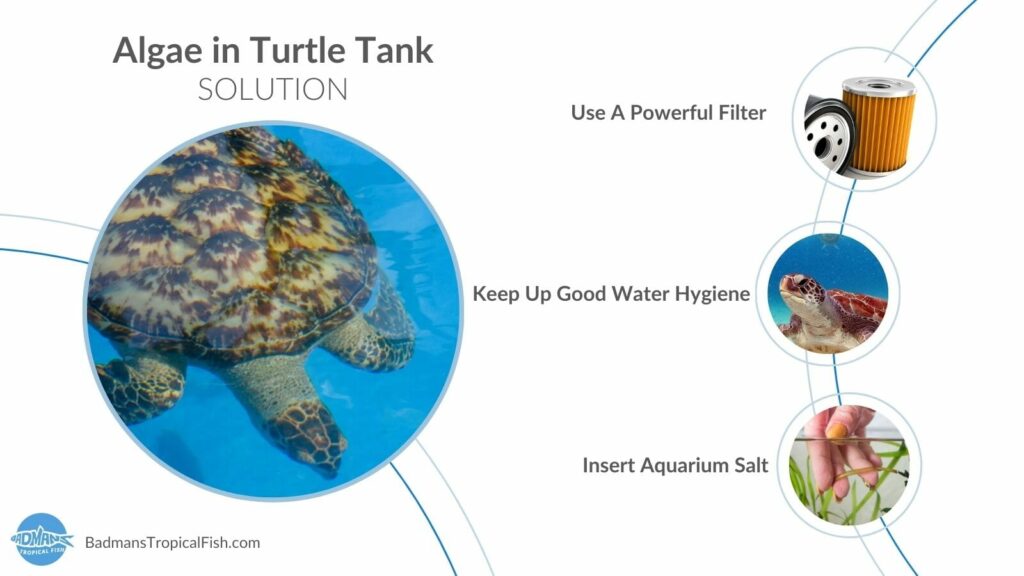
Maintaining Water Quality in Indoor Turtle Enclosures
Monitoring Water Parameters
Regular monitoring of water parameters is crucial in maintaining a healthy and algae-free environment for turtles. Parameters such as temperature, pH level, ammonia, nitrite, and nitrate should be regularly checked to ensure they are within the appropriate range. Deviations from the optimal parameters can indicate potential issues that may contribute to algae growth.
Regular Water Testing
In addition to monitoring water parameters, regular water testing should be conducted to assess the quality and safety of the water in the turtle enclosure. Water testing kits can be used to measure the levels of various substances, including ammonia, nitrite, nitrate, and phosphate. By regularly testing the water, immediate action can be taken to address any imbalances or potential issues that may contribute to algae growth.
Maintaining Adequate Filtration
Adequate filtration is essential for maintaining water quality in indoor turtle enclosures. The filtration system should be properly sized and designed to handle the waste and nutrient load of the enclosure. Regular maintenance and cleaning of the filtration system, including replacing filter media when necessary, will ensure its optimum functioning. A well-maintained filtration system helps remove debris and excess nutrients, helping to prevent algae growth.
Avoiding Overfeeding
Overfeeding turtles can contribute to excess nutrients in the water, leading to algae growth. It is important to feed turtles appropriately, following recommended guidelines for their specific species and age. Carefully monitor their feeding habits and adjust the amount of food accordingly. Removing any uneaten food promptly will help minimize nutrient levels in the enclosure.
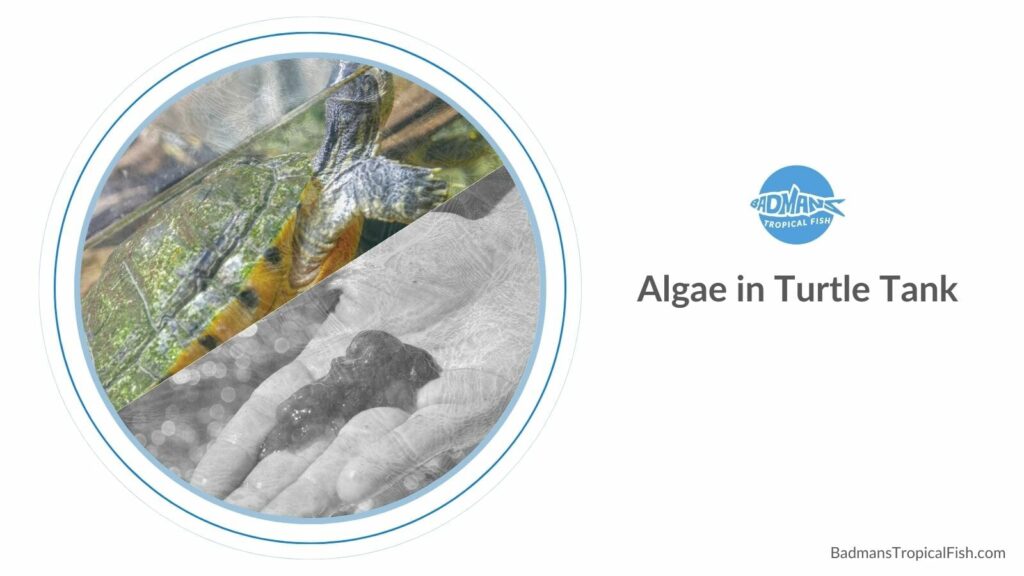
Additional Tips and Considerations
Avoiding Harmful Algae Blooms
Harmful algae blooms (HABs) pose a serious threat to the health of turtles and other aquatic species. These blooms are often caused by the rapid and excessive growth of certain types of algae, such as blue-green algae (Cyanobacteria). HABs can produce toxins that are harmful to turtles and can lead to various health issues. To prevent HABs, it is crucial to maintain good water quality, monitor and control nutrient levels, and promptly address any signs of excessive algae growth.
Maintaining a Healthy Turtle Habitat
Apart from preventing and managing algae growth, it is important to provide a healthy and enriching habitat for indoor turtles. This includes providing adequate space for the turtles to move, bask, and swim. Creating a suitable environment that mimics their natural habitat with the right temperature, lighting, and hiding spots is essential for their overall well-being.
Seeking Professional Advice
If you are facing persistent algae growth issues in your indoor turtle enclosure despite your best efforts, it may be helpful to seek professional advice. An experienced veterinarian or aquatic specialist can provide guidance specific to your situation and recommend appropriate solutions to address the algae growth. They can assess the water quality, provide specific recommendations, and ensure the health and safety of your turtles.
Educating Yourself on Turtle Care
Lastly, continuous education about turtle care is essential in understanding and managing algae growth in indoor turtle enclosures. By staying informed about the specific needs and behaviors of your turtles, you can make informed decisions regarding enclosure maintenance, feeding, and overall care. Learning about proper tank setup, water quality management, and preventive measures will aid in providing a healthy and algae-free environment for your turtles.
In conclusion, understanding and managing algae growth in indoor turtle enclosures require a combination of preventive measures, effective maintenance, and proper care. By controlling light exposure, reducing nutrient levels, maintaining water quality, and implementing appropriate cleaning and filtration systems, you can create a healthy and thriving environment for your turtles while minimizing algae growth. Remember to regularly monitor water parameters, seek professional advice when needed, and continue educating yourself on turtle care to ensure the well-being of your turtles and the overall health of their habitat.

